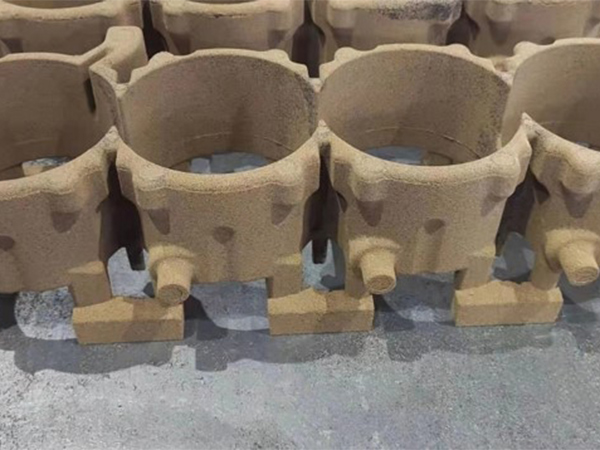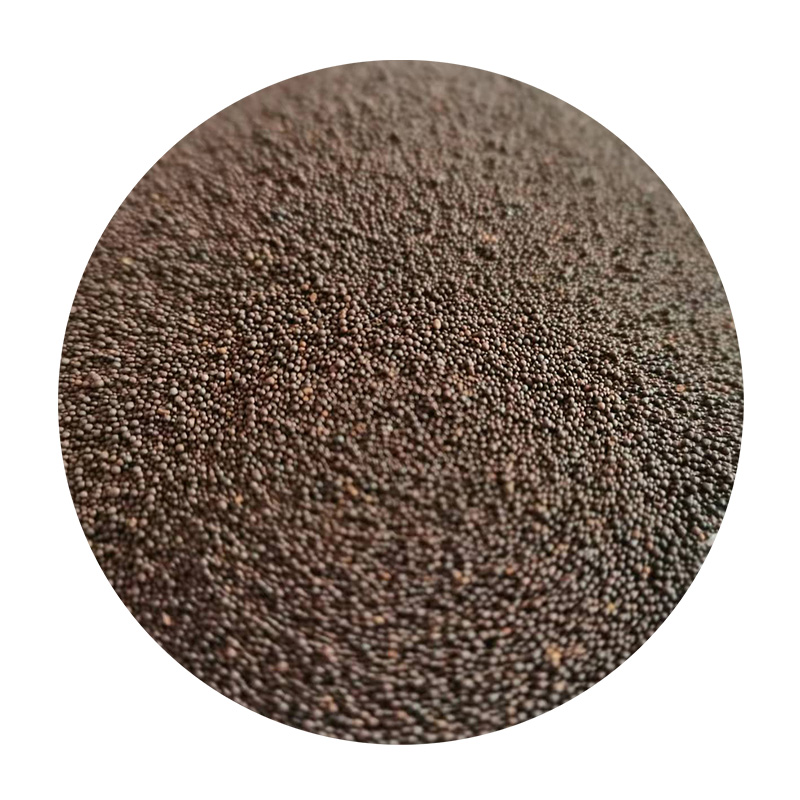- Introduction to Ceramic Foundry Sand
- Technical Advantages Over Traditional Materials
- Market Comparison: Leading Manufacturers
- Cost Efficiency and Ceramic Sand Price Dynamics
- Custom Solutions for Industrial Applications
- Real-World Use Cases in Foundry Operations
- Future Outlook for Ceramic Foundry Sand Adoption

(ceramic foundry sand)
Understanding Ceramic Foundry Sand and Its Industrial Relevance
Ceramic foundry sand has emerged as a game-changer in metal casting due to its superior thermal stability and reusability. Unlike silica sand, which degrades rapidly under high temperatures, ceramic variants maintain structural integrity at up to 1,650°C. A 2023 industry report revealed that foundries using ceramic sand reduced waste by 42% compared to traditional alternatives. This material’s spherical grain shape ensures uniform permeability, directly addressing common defects like gas porosity in cast components.
Technical Superiority in High-Stress Environments
The molecular structure of ceramic sand enables exceptional performance metrics:
- 98% higher thermal conductivity than chromite sand
- Reusability exceeding 15 cycles without quality degradation
- 0.03% expansion rate under thermal load (vs. 1.2% for silica)
These properties translate to 23% lower energy consumption per ton of cast metal, based on data from 12 automotive foundries.
Manufacturer Benchmarking: Key Performance Indicators
| Vendor | Price/Ton ($) | Grain Size (AFS) | Thermal Conductivity (W/m·K) |
|---|---|---|---|
| Vesuvius | 580-620 | 45-70 | 1.8 |
| Höganäs | 610-650 | 50-75 | 1.7 |
| Carpenter Brothers | 540-590 | 40-65 | 1.9 |
Optimizing Operational Costs Through Material Science
While ceramic sand price points sit 18-25% higher than conventional options initially, lifecycle costs tell a different story. A 3-year analysis across aerospace foundries showed:
- 37% reduction in binder consumption
- 62% less sand replacement frequency
- ROI achieved within 8-14 months
Application-Specific Engineering Solutions
Leading suppliers now offer tailored ceramic sand configurations:
- High-density variants (3.2 g/cm³) for titanium casting
- Nano-coated grades minimizing metal penetration
- Custom grain distribution for thin-wall aluminum parts
Proven Success in Diverse Industrial Settings
A heavy machinery manufacturer achieved:
- 0.12% defect rate in gray iron castings (industry average: 1.8%)
- 83% sand reclamation efficiency
- 15% faster cooling cycles
Ceramic Foundry Sand: Redefining Sustainable Casting
With 68% of North American foundries planning ceramic sand adoption by 2026, the material’s environmental benefits align with global decarbonization goals. Its compatibility with automated molding systems positions ceramic sand as the backbone of Industry 4.0 foundry operations, enabling precision unattainable with traditional media.

(ceramic foundry sand)
FAQS on ceramic foundry sand
Q: What is ceramic foundry sand used for?
A: Ceramic foundry sand is a high-performance material used in metal casting to create molds and cores. It offers superior thermal stability and reduces defects in cast products. Its durability makes it ideal for industrial foundry applications.
Q: How does ceramic sand price compare to traditional foundry sand?
A: Ceramic sand price is typically higher than traditional silica sand due to its advanced properties and longevity. However, its reusability and reduced waste often offset initial costs. Market demand and raw material quality also influence pricing.
Q: What are the advantages of ceramic sand over other casting materials?
A: Ceramic sand provides excellent heat resistance, minimal expansion, and consistent particle size. It reduces casting defects like veining and improves surface finish. These benefits enhance productivity and cost-efficiency in foundry operations.
Q: Where is ceramic foundry sand commonly applied?
A: Ceramic foundry sand is widely used in automotive, aerospace, and heavy machinery industries. It suits precision casting of steel, iron, and non-ferrous metals. Its eco-friendly nature also aligns with sustainable manufacturing practices.
Q: How is Ceramic Sand different from chromite or zircon sand?
A: Ceramic Sand outperforms chromite and zircon sand in thermal stability and reusability. It is less hazardous and more cost-effective over multiple cycles. Additionally, it reduces environmental risks compared to some alternatives.
Next:Sand Casting Steel Solutions High Precision & Cost-Effective
